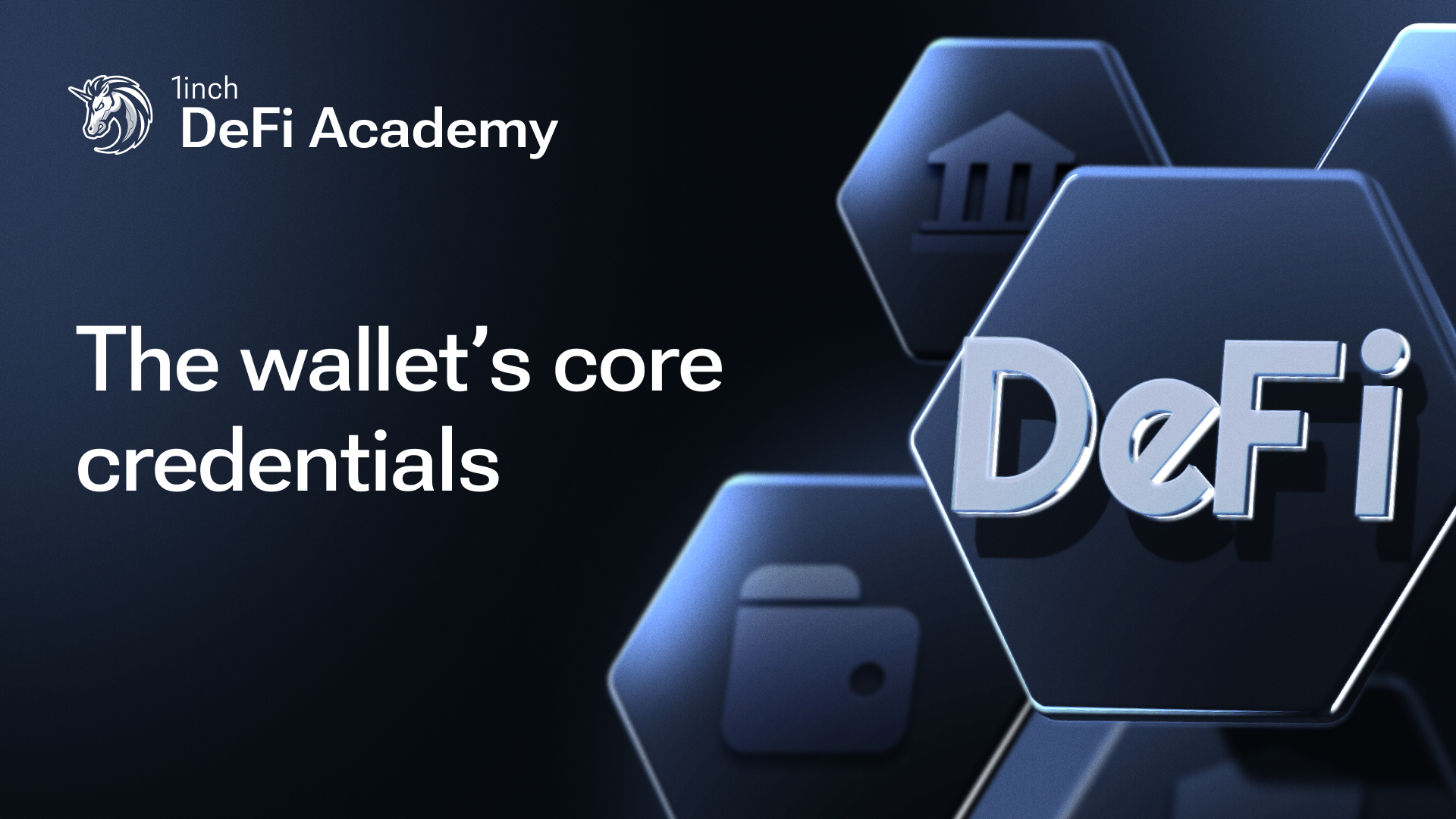Inside memecoin launches: what’s a red flag?

While some memecoins become cultural phenomena, others hide scam mechanics beneath the memes.
Memecoins are crypto’s loudest and most chaotic niche, and for many, the most fun. They’re fast-moving, community-powered and driven by inside jokes, animal mascots and internet absurdity. But behind the humor and hype, memecoin launches can also conceal carefully designed mechanisms for draining retail liquidity and disappearing with it.
Pillars of a scammy memecoin launch
While not all memecoins are scams, many rely on similar mechanics to extract value from unsuspecting users. Here are five common patterns to watch for:
The false fair launch
Many memecoins present themselves as “fairly launched,” without presales or team allocations.
In practice, insiders - often using bots or burner wallets - acquire a large share of the supply moments after liquidity is added. These tokens are later offloaded once retail buyers start buying in.
Red flag: Early wallet concentration and large transfers immediately after launch.
Fake presales and liquidity drains
Some tokens promise early access at discounted prices, collect user funds and never deliver the tokens. In other cases, developers add initial liquidity and drain it shortly after launch, leaving users with unsellable or worthless tokens.
Red flag: No verifiable smart contract, unclear team identity or missing audit of token logic.
Pump-and-dump schemes
These involve rapidly inflating the price through coordinated hype and manipulation, then selling off large holdings into the liquidity created by buyers. The result: a price collapse, while early actors walk away with profits.
Red flag: Sudden social media campaigns paired with huge price spikes and no real project foundation.
Honeypots and malicious contract logic
Some memecoins allow users to buy, but block or heavily tax selling. These are called honeypots – traps designed to capture funds and prevent exit. Not all coins with taxes are scams, but high or hidden taxes can still erode profits, so it’s crucial to check the tax rate before buying.
Red flag: Tokens with obscure or unverified smart contracts; always check whether the token can be sold.
Impersonation and fake branding
Scammers may impersonate trending memecoins, public figures or existing projects to confuse users. They set up fake social accounts, create lookalike token names or even hack influencers to promote fake launches.
Red flag: Tokens with names mimicking high-profile projects, sudden influencer endorsements with no context or suspicious links.
Why memecoins are easy targets
Scammers are drawn to memecoins for several reasons:
- Hype spreads fast: Memecoins thrive on virality, where memes travel faster than facts.
- Minimal due diligence: Most users don’t ask for whitepapers when the mascot is a dancing frog.
- No expectations of utility: With nothing promised, there’s nothing to deliver and nothing to be held accountable for.
- Anonymous deployment: Memecoins are frequently deployed by pseudonymous developers using generic tools such as public launchpads.
Before jumping into a memecoin launch, it’s worth checking:
- Who deployed the contract?
- Is liquidity locked, and for how long?
- Are token allocations transparent?
- Is there any traceable team activity beyond meme tweets?
Memecoins can be fun, but they aren’t harmless. Scam structures frequently mask themselves with humor, leveraging speed, hype and FOMO to exploit unsuspecting participants. Being skeptical doesn’t mean missing out – it means staying in the game long enough to know the difference between a community meme and a calculated exit trap.
Stay tuned for more insights from 1inch as we explore the latest trends in DeFi!




























